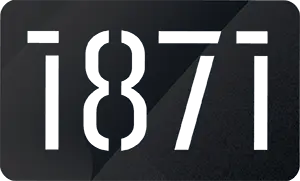We all face a challenging market now. A few months ago, no one could’ve predicted the world would be where it is today. Almost all workers need to stay inside and operate remotely. Organizations need to scale up resources to meet this new demand.
But you still have the same concerns you’ve always had with running your business. Organizations were looking to digitize long before this new normal. Fifty-four percent of organizations surveyed for the Flexera 2020 State of Tech Spend Report indicated digital transformation was their top initiative this year.

Organizations also reported cybersecurity and cloud-first/cloud migration as top initiatives. You can see how the need to digitize has increased when looking at the state of the global economy. Cloud is the backbone of digital transformation. Benefits of the cloud for business include enabling organizations to innovate and scale rapidly so they can more quickly to respond to business demand. The trend is for investments in cloud IaaS, PaaS and SaaS to increase as organizations decrease on-premises software license investments.

Eighty-four percent of survey respondents indicated they have a multi-cloud strategy. That is huge in light of the complexity many organizations face as they seek to tighten cloud security and maintain governance. In the midst of all of these rapid changes, organizations have to:
- Identify which workloads to migrate to the cloud
- Develop a strategy for managing multiple cloud instances and services
- Manage hybrid environments
- Advance effective strategies for ongoing management
All these steps need to happen while also controlling costs and finding opportunities to optimize spend. That’s why it’s crucial to approach your cloud journey from a business perspective. You need the right people, processes and tools in place to navigate your cloud journey. For example, you should start by evaluating your business services. With proper service and resource discovery, you can identify which workloads should move to the cloud. That’ll help you avoid the mistake of moving too fast and struggling to get visibility into your IT environment.
As you migrate workloads, you want an effective strategy for managing software licenses and spend in the cloud. This strategy should include looking at SaaS spend, which can quickly proliferate in your environment because of how easy it is to purchase and deploy. You also want to keep a pulse on your IaaS and PaaS spend and leverage automation where appropriate to help you minimize risk. It’s vital to regularly refine your ongoing management strategy based on business demand.
The benefit of the cloud for business is that it provides the flexibility organizations need to scale resources up or down based on need. It’s more necessary than ever to have the capability to examine your cloud strategy. You want to control spend, innovate and respond to business needs quickly and without disruption.
Flexera understands these challenges. We have the automated solutions you need to manage your entire cloud journey. Watch this webinar to learn more about the importance of navigating your cloud journey with a business service lens.
Contact us today to find out how we can help you transform your IT and advance your business.


